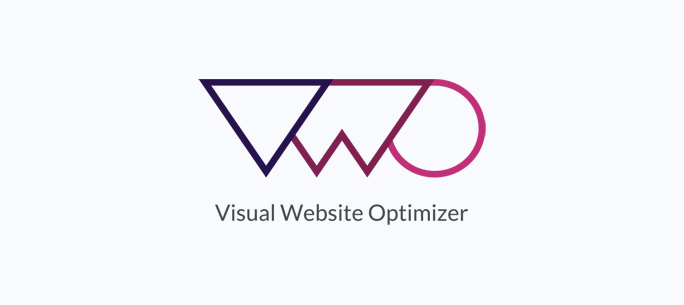Introduction to Multivariate Testing
Multivariate testing is a process of concurrently testing multiple elements or variables of a page or landing page. The goal of multivariate testing is to determine which combination of variable perform best out of all combinations performed.
How does it differ from A/B Testing?
A/B Testing and Multivariate Testing have the same goal – to measure and compare the effectiveness of a design. The difference between the two is that in Multivariate Testing, multiple variables or elements of a design are put to the test as compared to A/B testing which measures and compares two designs and only one variable.
For mobile apps with many variable elements and where user experience is taken into focus, multi-variate testing is a choice of most developers. This is because they test how changing different elements of an application can affect overall user experience as compared to changing one element at a time.
What are the benefits of doing Multivariate Testing?
Multivariate Testing is particularly beneficial for redesigning processes where design elements are mostly enhanced or redesigned. This is especially true when there are multiple elements of a design which will be enhanced.
This kind of testing helps developers and publishers to know how changing, redesigning or updating more than one element and applying them all at the same time can impact the whole.
This kind of test determines the ideal combination to achieve the goal of a website, ad, or application.
Is there a downside to this method?
As much as this technique is far more accurate as compared to A/B testing, the downside would be that during the test, the traffic driven will be segmented according to the number of variables in this test. There is a high chance that the ideal traffic needed to generate substantial results would not be met unless it is properly planned out beforehand.
Aside from that, multivariate testing requires more traffic to reach the desired statistical significance because of the number of variable elements.
One of the Multivariate Tool You May Use

Visual Web Optimizer
Source: https://vwo.com/testing/multivariate-testing/
With this tool, users can experiment with as many as hundreds of changes happening in their landing page, all at once.
You may create as many combinations, automatically. Visually make changes to different elements on your landing pages. VWO also does auto-combination for you to compare and find the most optimal combination.
It has an advanced reporting capability that allows users to visually see analyses through graphs, tabular comparisons, and charts. With this information, you can accurately decide what to implement and what to cross out.
VWO has a lot to offer – integrated heatmaps, report downloading, scheduling, and integration of third-party apps!


